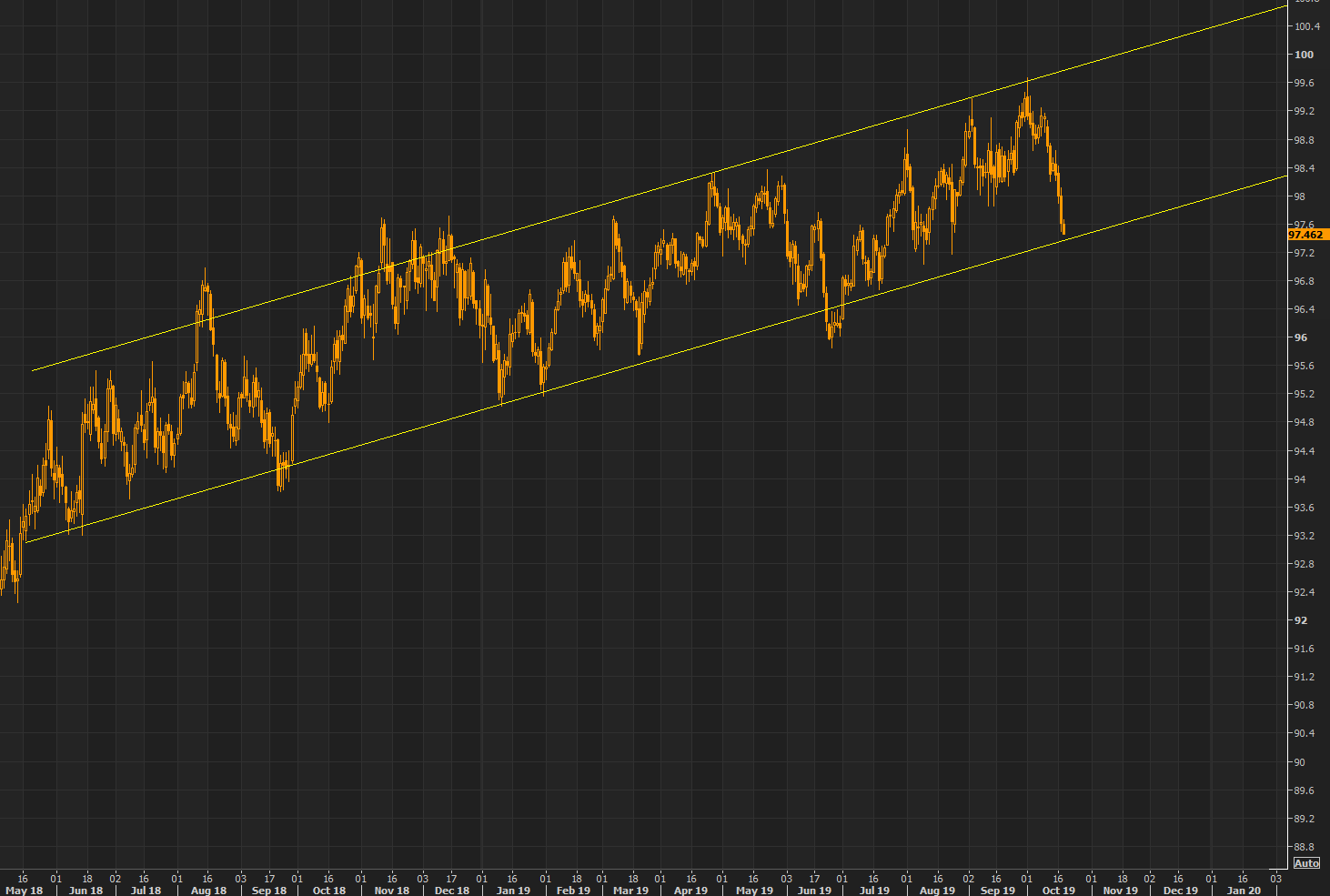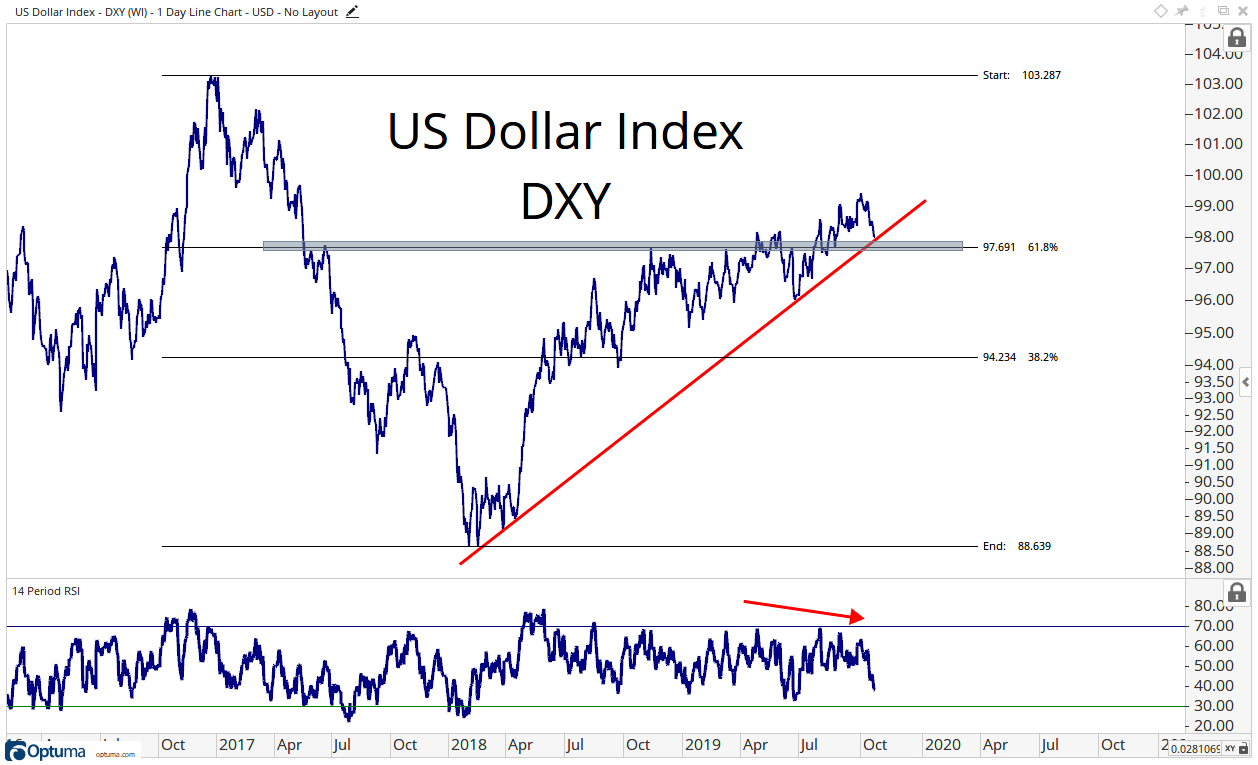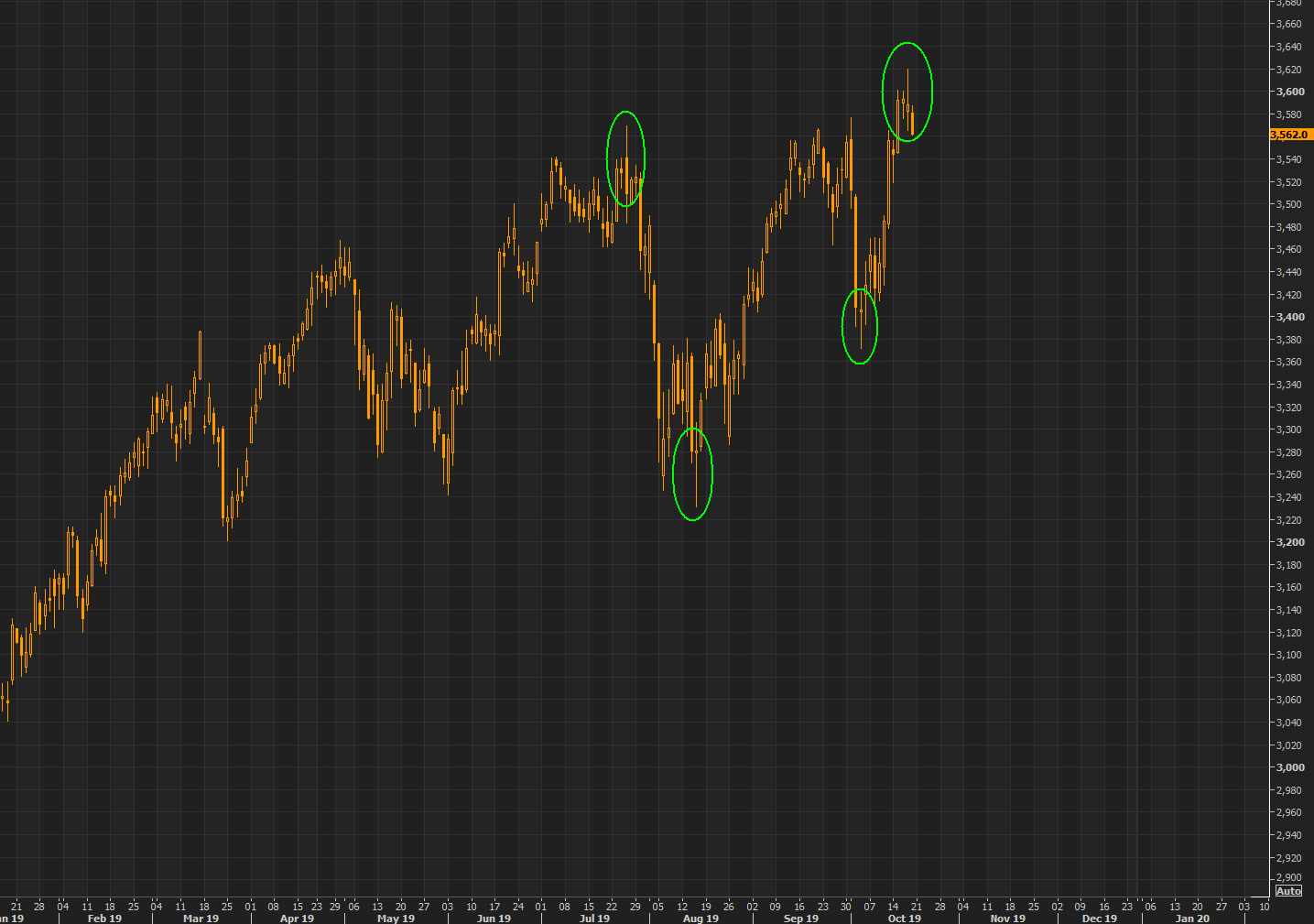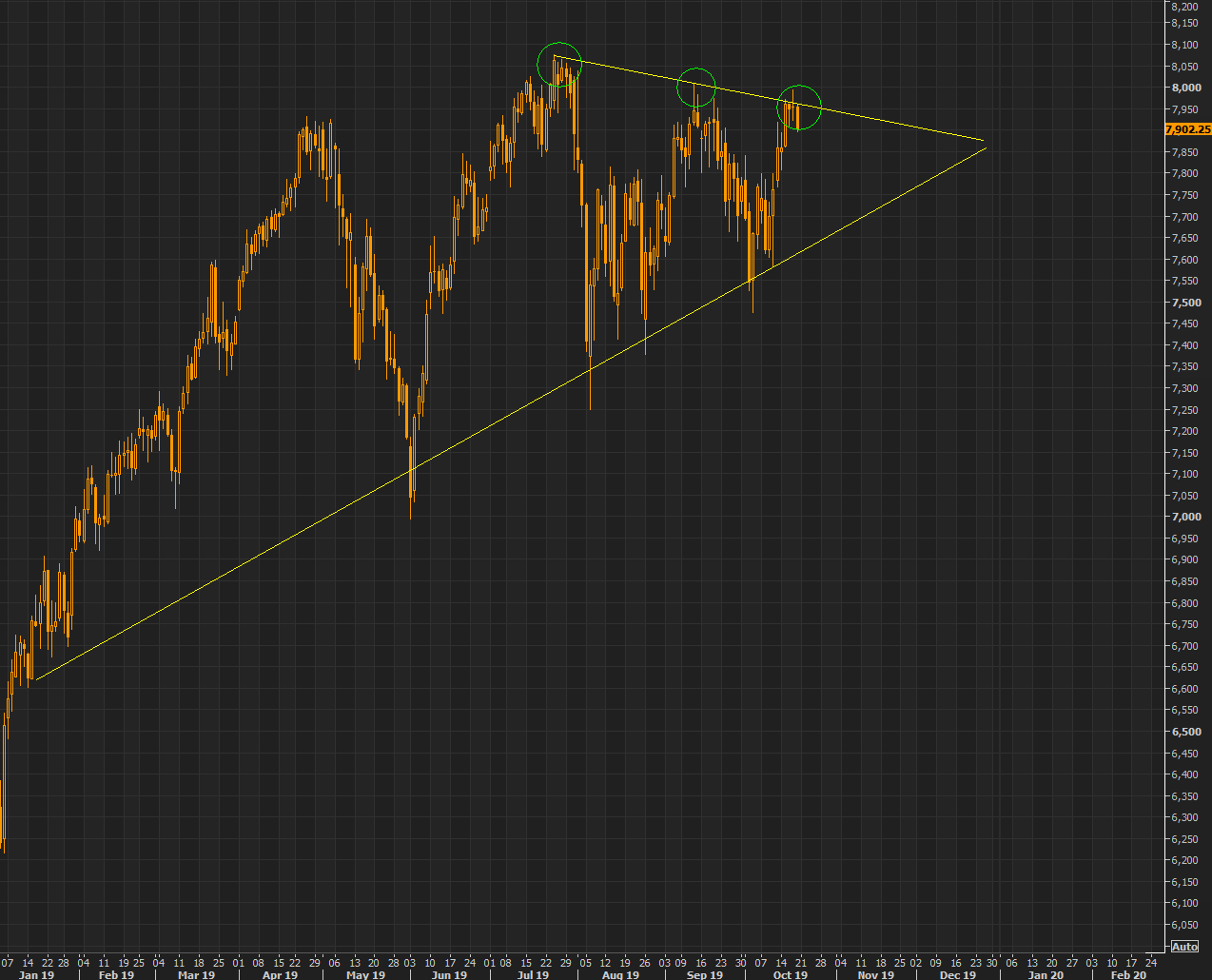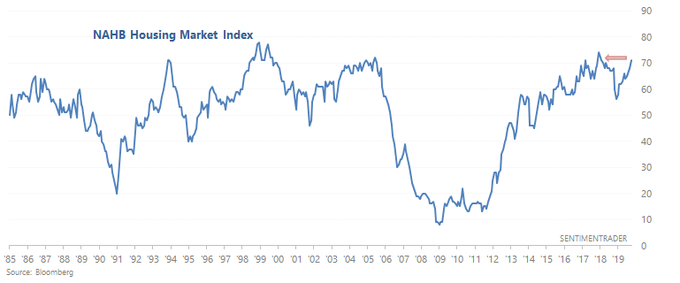Summary – A top-down review of interesting calls and comments made last week in Treasuries, monetary policy, economics, stocks, bonds & commodities. TAC is our acronym for Tweets, Articles, & Clips – our basic inputs for this article.
Editor’s Note: In this series of articles, we include important or interesting Tweets, Articles, Video Clips with our comments. This is an article that expresses our personal opinions about comments made on Television, Tweeter, and in Print. It is NOT intended to provide any investment advice of any type whatsoever. No one should base any investing decisions or conclusions based on anything written in or inferred from this article. Macro Viewpoints & its affiliates expressly disclaim all liability in respect to actions taken based on any or all of the information in this article. Investing is a serious matter and all investment decisions should only be taken after a detailed discussion with your investment advisor and should be subject to your objectives, suitability requirements and risk tolerance.
1.Fear misplaced or About to be realized?
Our fear since the beginning of this year has been that once again we will all see a rally with cyclical stocks leading, bond yields rising & gold falling that persuades the Fed to mistakenly step back from its easing posture.
That is one of our important memories from 2007. We vividly recall how the Fed misjudged on October 31, 2007 and what happened from the next day, November 1, 2007. The S&P & the Dow fell by 5% from October 31 to December 31, 2007.
Why bring that up today? Because we saw & heard Steve Liesman, the Fed’s “spokesman” at CNBC, ask whether the strength of the data will persuade the Fed to NOT ease at the next FOMC meeting on October 31. They might not wrong to discuss that issue given how Brexit risks have been reduced, the trade deal is still “on” whatever that means, the European markets looking strong with German 10-year yields up from minus 85 bps to minus 40 bps on Friday, with the European banks rallying hard again this week & European stock market being a big outperformer in this rally. The rally in German yields has caused a rally in US yields & the US 10-year yield is now 25 bps higher than it was a few weeks ago.
See how reasonable it looks for the Fed to pause on October 31 or ease and say they are done. Reasonable also because the Fed is an expert in driving by looking in the rear view mirror as they did on October 31, 2007.
Such bluntness is how simple folks like us write. Compare that with what Richard Bernstein wrote in his article Dusting off the “fire extinguishers”. Specifically, look at his last paragraph titled Ignoring the smoke alarm #2: “…but the consumer is fine…”:
- “The September employment report was heralded by many as a healthy report because the unemployment rate hit a multi-decade low. While that is indeed good news, it is relatively worthless news for investors because the unemployment rate is a lagging indicator. … So far the leading employment indicator looks considerably more pessimistic than the rosy lagging indicator that gets so much more attention. “
A more detailed case was made by his ex-colleague Joe Zidle, now the chief investment strategist at Blackstone:
.
- “on the margin, we are beginning to see cracks in the consumer side of the economy … the very leading edge of the job market is where you are seeing the hairline fractures emerge … companies are saying that it is very difficult to hire qualified workers; so if you can’t hire workers, you should be using your existing workforce more; but number of hours worked has actually rolled over; that suggests underneath the surface, there might be something systemic happening;
- “number of job openings have declined, over time hours have declined, average hourly work week has declined; these are leading edge; now the unemployment rate itself hasn’t moved higher but that is a coincident indicator; leading indicators are suggesting hairline fractures“
If you want to see charts that say the same, look up the Twitter page of @charliebilello.
In contrast to the above, the yield curve is now un-inverted with both 10-2 year & 10 yr-3 month curves positive. And the Treasury market was almost placid this week except the steepening at the extremities with 30-yr yield up 3.5 bps & the 2-yr yield down 2.5 bps.
The stock market is once again near the 3,000 mark. And this is a Fed that gets satisfied when the stock market approves of their actions. So what would they make of the chart below?
The tweeter (or tweeterer?) above is probably trying to suggest that the proxies will lead a fall in Treasury prices. On the other hand, the 2007-2008 period showed that Bond proxies (with their credit exposure) can fall while Treasuries rally. Might Gary Shilling, famed for his long Treasury success, agree with the latter? After all, he told BNN Bloomberg that he is still long Treasuries, long Dollar and recently went short the S&P. Note that he says he has NOT been short S&P since the beginning of the 2007 bear market:
2. Dollar
One comment says “channel”:
- The Market Ear – Mighty USD – a few weeks ago everybody saw the break out, now everybody seems to believe in the break down……but the DXY trend channel remains intact.
On the other hand, J C Parets says A Big Move Is Finally Coming In The US Dollar. The Daily chart of $UUP tells him two important stories: “Failed breakout at former resistance and a bearish momentum divergence:” Below is his $DXY chart & his focus on $97.50.
- “In fact, there is actually more data today than ever suggesting a weaker Dollar is something we should be betting on. I think we could see confirmation that we’re on the right side very soon. A US Dollar Index holding below 97.50 is probably that.”
3. Stocks
Just because Europe has been the star, should we despise candles?
- The Market Ear – Europe has managed putting in the biggest bull in this last squeeze in equities – it is therefore noteworthy to see Eurostoxx 50 futures do the same type of candle “show” we have seen on all local highs and lows
And what about the Nasdaq?
- The Market Ear – NASDAQ futures reversing right on that shorter term trend line
On the other hand,
- Lawrence McMillan of Option Strategist – Volatility has gotten more bullish as well. First, there is the matter of the $VIX “spike peak” buy signal. Then, $VIX fell back below its now-declining 200-day moving average. That is bullish for stocks. In summary, the indicators are mostly bullish (still waiting on the put-call ratios), but the $SPX chart remains a cause for concern.
Then you have the historical stats like the one below:
- SentimenTrader@sentimentrader – Housing indicators are very useful as leading indicators E.g. housing was consistently weak in 2018, before the December crash. The NAHB Housing Market Index just made a 20 month high. When it did so in the past, $SPX was higher every time 1 year later, by an average of 17%
Our own view is to wait for the October 31 FOMC. That is when we might dismiss our own long standing fear or embrace it.
4. From Netflix to Amazon
No we don’t mean the wipe out of $NFLX after earnings on Wednesday and the fact that $AMZN is reporting earnings next week. We know this is a week of Syria which we discuss in our adjacent article titled Trump-Turkey-Kurds – Beginning of a New Era in US Defense Policy?. This section is about the area where the fight against terrorism is getting more active.
A couple of weeks ago, we wrote about the Netflix original series the Bard of Blood that takes place on remote Balochistan, a remote area where the Taleban terrorist leaders now run to hide. The Bard of Blood was a action series about an Indian intelligence team that goes into Balochistan to take out a major Taleban leader. They can’t get out & so they deliver the dead leader to an American NGO in Balochistan & get flown out in an US military helicopter. That Indo-US cooperation was opportunistic.
The new Family Man original series on Amazon Prime sheds a better light on this Indo-US cooperation & their joint hunt of terrorists trained by Napaki ISI & the Taleban. Specifically focus on Episode 8 of this Family Man series and watch the first 4 minutes. A veteran at an Indian Agency finds the general location of a terrorist leader who has planned an attack in India. This terrorist leader is high on America’s wanted list. So the cooperation is fast & effective. Watch these 4 minutes to get how effective & easy US-Indo cooperation is in Balochistan. If you like that, watch from minutes 33 to 38 of Episode 8 to see how the terrorist is confronted & reveals the plot.
Getting back to Netflix, we are hearing more & more that well to do Indians are not going to cinema theaters that much given the traffic mess & the crowding involved. So Netflix & Amazon Prime are getting more market share.
Send your feedback to editor@macroviewpoints.com Or @MacroViewpoints on Twitter

